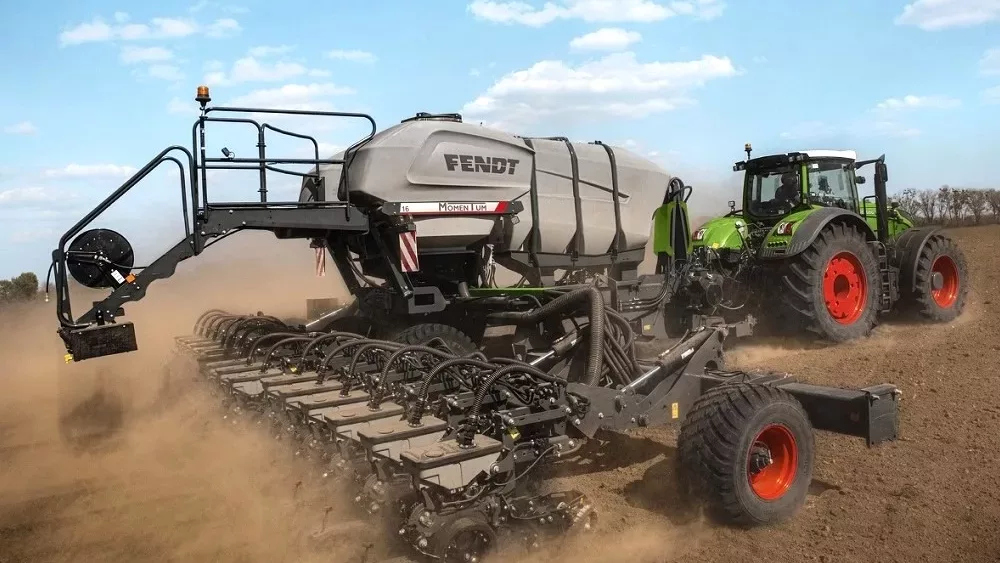
If you feel like you’re seeing more weeds this year than usual, you’re not alone. Michigan State held their Weed Tour this past week at the MSU Agronomy Farm.
“Over the last several years, we have really tried to get growers to move towards using a pre-emergence herbicide because that really helps us set ourselves up for a good post emergence program, particularly when we’re dealing with some of the glyphosate resistant weeds,” says Christy Sprague, Weed Extension Specialist at Michigan State.
While that pre-emerge herbicide didn’t get the rainfall it needed to do the best job, Sprague explains that it still did a job.
“If you look at what we would consider ones that don’t have a pre versus something that does have a pre, we are seeing some benefits to it. It’s not what we would normally see if we had a good three quarters of an inch to an inch of rain within that first seven to 10 days, but, in general, we are still seeing some activity from those pre-emergence herbicides.”
Farmers and agronomists from Indiana and Ohio also made their way to the MSU Weed Tour to see the different trials on display. Sprague says most of their post-emerge applications were done in the past couple of weeks, and those farmers were looking for help in making decisions for next year.
“One of the things that’s kind of a highlight of this year- I don’t know if it’s a highlight or a lowlight- but with the lack of moisture that we’ve had, a lot of our soil applied products didn’t work as well. So, they’re really focusing on looking at some of those different post-emergence programs to see how well they’re cleaning up some of those plots.”
Sprague encourages you to keep an eye out for waterhemp, Palmer amaranth, and marestail that can come up later in the season. You might need a clean-up application for those.





